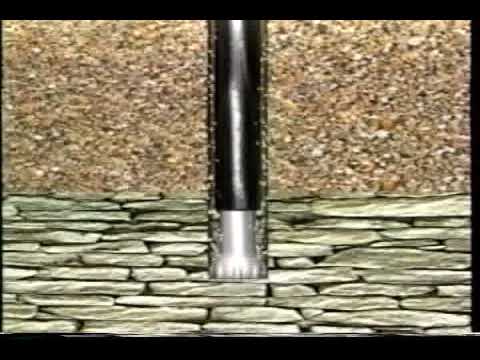Development, drought bring dowsers work
Author: Dale Neal, Asheville Citizen-Times (www.citizen-times.com),
Janurary 28, 2008
After Ted Lappas drilled seven dry wells for his home, he decided he needed help.
He called Lee Barnes, a real estate agent and land conservation consultant who moonlights as a dowser. Armed with a pair of bent coat hangers and a finely-tuned intuition, Barnes walked several times over Lappas’ property, searching for water several hundred feet down.
Lappas had been familiar with dowsers in his youth, but “I thought it was kind of ‘woo-woo’ “, he said. “Lee selected two sites, and when we brought in the driller, he was right on the money.
With water becoming more precious a commodity during a persistent drought and new development plugging the mountainsides with new wells, dowsers are finding their talents more in demand than ever.
Barnes says he has a 90 percent success rate with more than 80 drilled wells to his credit. He also offers a money-back guarantee if he can’t find water. “I’ve found good water supply within 100 feet of a dry well”, he said.
Barnes is active in the Appalachian Chapter of the American Society of Dowsers, which has about 70 members. Only about four or five of those members are actively involved in searching for wells, Barnes said.
Richard Crutchfield, the chapter president, wrote in a recent newsletter that dowsers “can contribute to a type of development which is balanced, less intrusive on the land and more harmonious with nature, and which at the same time is in the best and highest interst of those who will be living there.
A sensory perception
Barnes is a scientist with a Ph.D. in environmental horticulture. Before bringing out out his dowing tools, he studies the area’s rock formations and underground hydrology. Haywood County boasts 16 different underground rock structures while Buncombe has 11, he said.
But he puts rational thinking aside and relies on intuition when it comes to finding water. Barnes explained that dowsers have trained their muscles to move the bent wires in their hands, communicating from the subconscious, sensing the location of energies from flowing water, buried pipes and wires or other changes in electromagnetic fields.
Barnes doesn’t consider dowsing hocus-pocus — he says it’s a sensory perception all people share with animals. He walks over a property in a careful grid, planting survey flags at likely spots. With his rods, he can also estimate the depth of the water, whether it’s potable and the flow rate in gallons per minute.
“Even if the water is at a low level, I’m still picking up the fractures the water is in. If we’re picking up water at the height of the drought, then that’s a good sign we’ll have year-round water.”
Barnes made a believer out of Scott Paquin, who runs Firefly Farm in Celo. Paquin needed a well for his livestock, but he worried about finding adequate water after a neighbor drilled 700 feet only to get a trickle of a half-gallon per minute. After dowsing the property, Barnes located three potential sites, estimating water could be found about 225 feet down at four gallons per minute. When Paquin brought in the well driller, they struck water at 110 feet, then another vein at 220 feet. At 280 feet, they found a fracture with a flow of 14 gallons per minute.
Alternative uses
Barnes also sees potential for dowsers to work with alternative energy companies in searching for the best sites to place geothermal wells to capture the earth’s heat for new homes. If a dowser can locate water, he or she can probably also point to dry areas to drill geothermal wells.
Bill Westel, an Asheville real estate agent, uses dowsing to search out “geopathic” or uncomfortable energies in a new home. The practice is common in Germany and is catching on in the U.S., he said. “you can use dowsing for just about anything. You can find stuff that exists underground or the best place to locate your septic system”, Westel said. “There are a lot of people in the utilities business who carry rods in their truck to locate water and sewer lines.”
The ancient art could become more in demand alongside modern technology. “To save time and energy, you want to know where the water is”, Westel said. “As we get more development in the mountains, a lot of people buy property just assuming their water will be there. Now they’re pausing a bit, and sinking wells before they buy property.”

